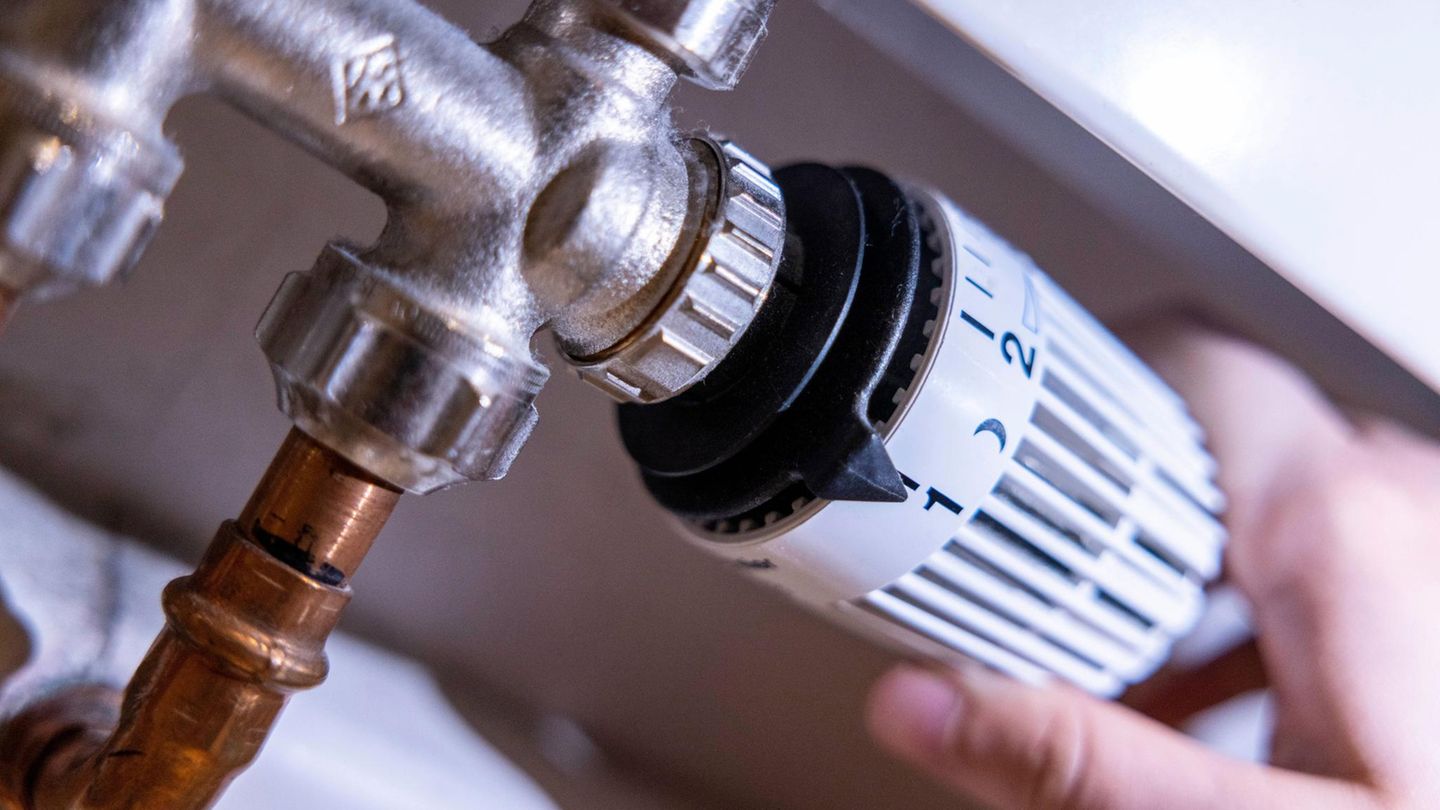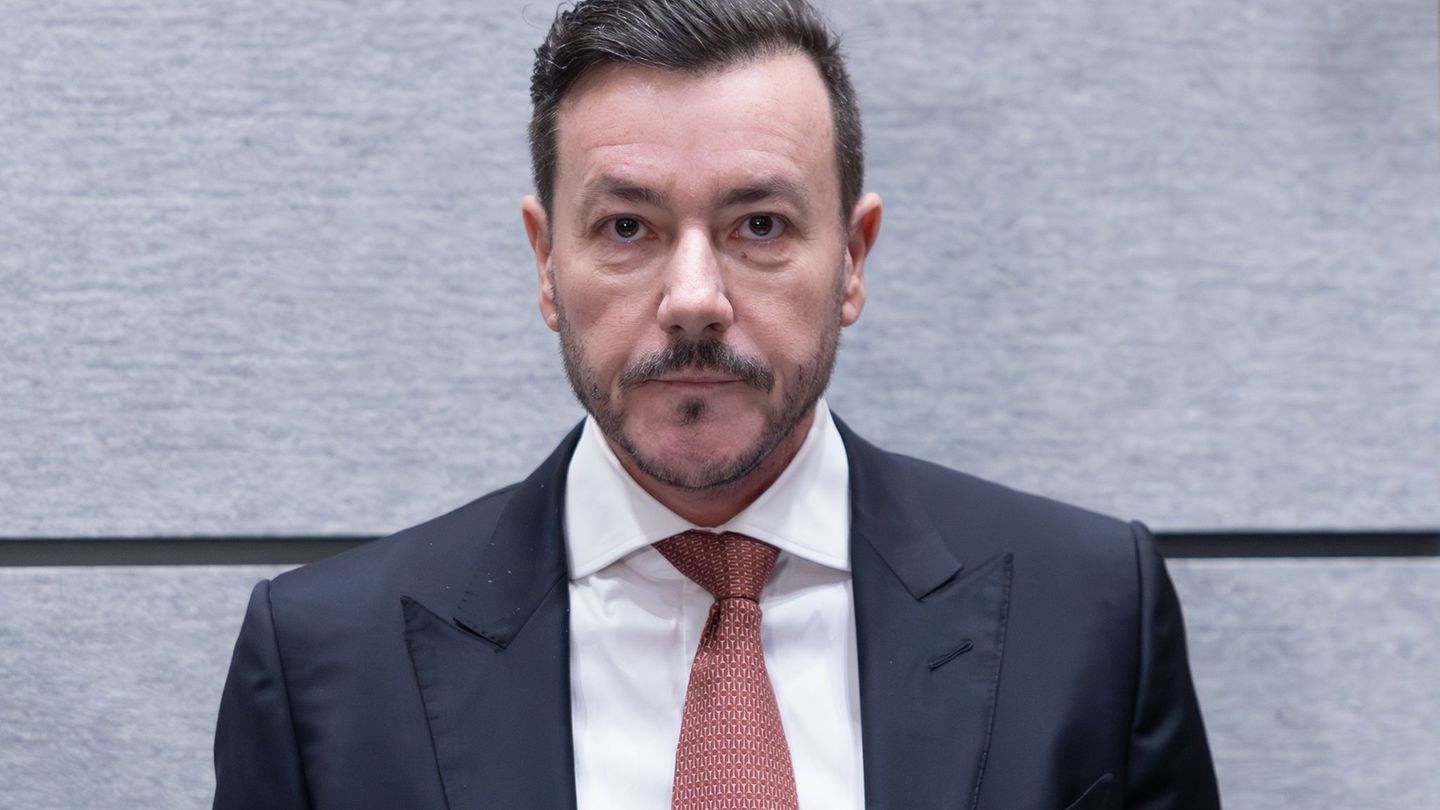Heat transition
Why less heating isn’t everything
Copy the current link
Add to wishlist
If you want to save energy and money, the best thing to do is turn down the heating. But that alone is not enough. A service provider has suggestions as to what else could help.
Because energy was more expensive than ever before in 2024, many tenants in Germany heated as little as possible. At the same time, since consumption has remained stable compared to 2023, the building service provider Techem sees the scope for climate change through individual savings behavior of residents as exhausted.
In order to save more energy and thus also climate-damaging CO2, more technical means must be used, the company concludes in its “Atlas for Energy, Heat & Water 2025” presented on Tuesday. Specifically, this means digitally controllable heating systems, more use of waste heat and the increased use of heat pumps, including in multi-family homes. “Smart heating systems have long been a reality and are highly economically relevant,” explains Techem boss Matthias Hartmann.
For the annually repeated study, Techem used data from 100,000 apartment buildings with around 1.1 million apartments throughout Germany. The company determines the respective consumption values of the individual apartments on behalf of the owners. According to the information, consumption costs calculated per square meter have increased by 40 percent since 2021, even though significantly less heating was used at the same time.
Where and when heating is cheap
The measurements show clear regional differences: the highest annual heating costs were found in apartments in Chemnitz (19.01 euros/square meter) and Potsdam (18.61 euros). In terms of the federal state, people in Saarland had to pay the highest heating costs at 15.75 euros. With a share of 87 percent, a clear majority of apartment buildings are still heated with fossil fuels. A year earlier, the fossil share was 90 percent.
Overall, Techem sees district heating in the fast lane, as it caused fewer Co2 emissions per kilowatt hour in 2024 than natural gas and thus undercuts the provisional climate targets for 2030. The same applies to wood and electricity, while heating oil has the worst climate balance.
However, according to the evaluation, district heating is still the most expensive type of heating, which is only likely to change if CO2 prices rise. According to Techem, the cheapest option last year was heating with electricity/heat pumps, ahead of wood, gas and heating oil.
DPA
cl
Source: Stern




